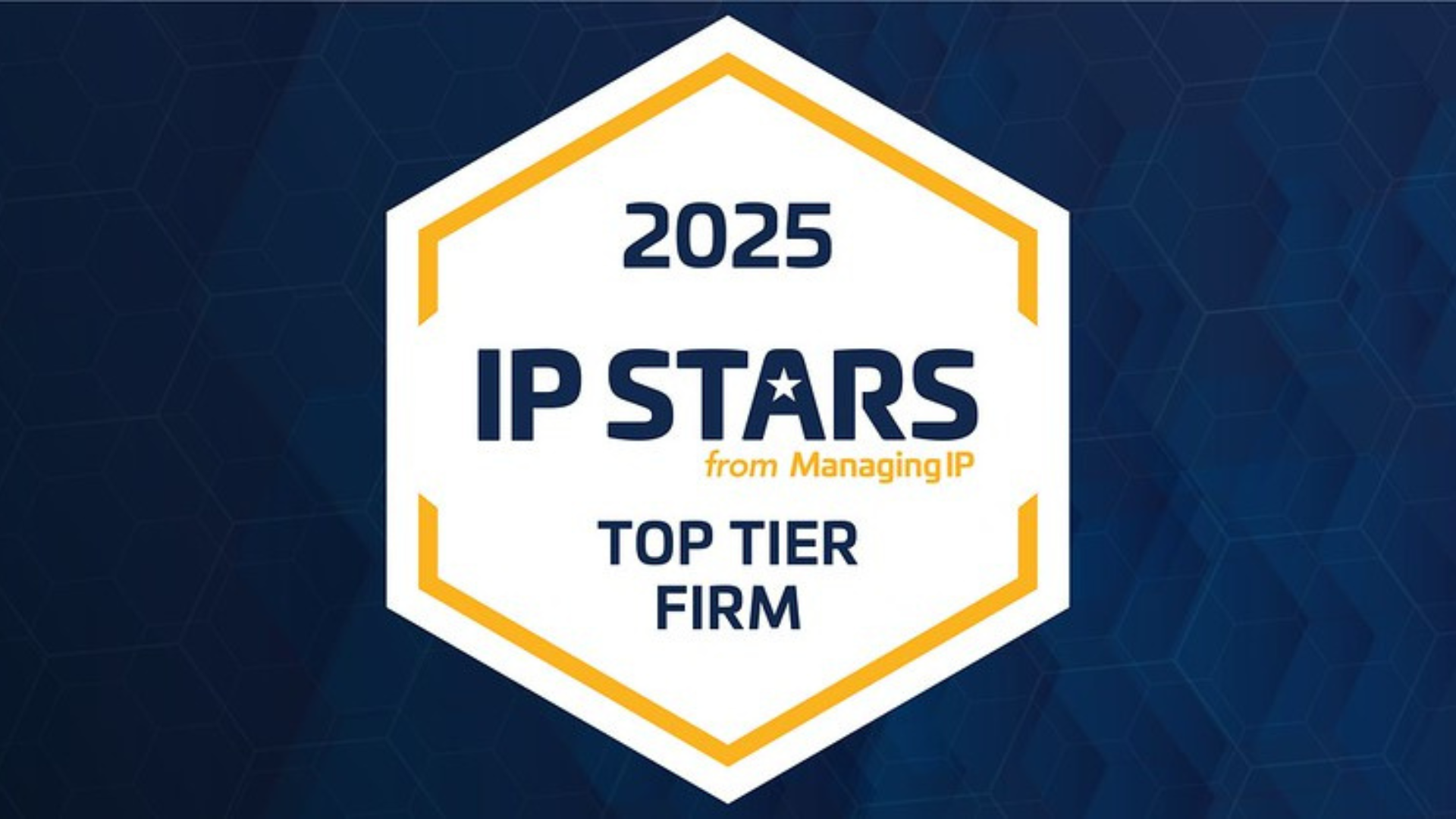News
Concerned about competitor patents? What to do (and what to avoid)!
August 2023
In recent years, there has been significant progress in understanding the importance of Intellectual Property (IP) to the value of companies. This has included an increase in awareness of the potential risks associated with unintentional infringement of third-party patents.
Often, however, companies lack a sound strategy for addressing such risks. This tends to result in the implementation of instinctive approaches, which are inefficient, disruptive, and run the risk of incurring damage in their own right. With better understanding and support, effective and efficient risk mitigation is possible.
The concern is understandable and valid. The remedies potentially available to a successful plaintiff in patent infringement litigation include an injunction, an order for delivery up or destruction of infringing articles and damages, or an account of profits. There is also the cost of mounting a defence, which in some cases can be the biggest burden of all.
Diligent strategic managers will often, therefore, seek to reduce or eliminate the risk of infringing third-party patents. This is usually the stepping-off point for a ‘freedom to operate’ activity. This is a potentially invaluable exercise if done correctly, but if executed poorly it can lead to distraction, frustration, inaccurate results, and even an increase in risk.
Here are my tips for freedom to operate:
Tip One: Realistic aims
The patent system is such that a degree of uncertainty and risk is virtually inevitable.
- Patent applications are not published until approximately 18 months after they have been filed. Consequently, there is always 18 months’ worth of new patent applications about which nothing is known.
- Patent applications can be re-focussed, typically in myriad (and potentially unpredictable) ways before they are granted, making their scope of protection uncertain until they grant.
- The interpretation of what a patent protects is, to a limited extent, subject to the vagaries of opinion.
- No search for potentially relevant applications/patents is likely to be perfect.
Without this understanding, strategic management, investors, and/or partners can explicitly or implicitly seek certainty that what is designed should demonstrably not infringe any third-party patents. However, understanding that there is a degree of inherent uncertainty necessarily redefines the nature of freedom to operate analysis and the expectations surrounding it. No demand for certainty, internally or externally generated, is realistic. Nonetheless and critically, the risk can usually be significantly managed and/or mitigated, and working to achieve this is often the best approach.
Tip Two: Patent attorney engagement
If an attempt is made to assign a freedom to operate task to internal design engineers without provision for the support of a patent attorney, it is likely that:
- The task will appear daunting and/or even insurmountable, usually leading to frustration and/or proceeding in an inefficient and unhelpful direction.
- Incorrect and damaging conclusions are reached as regards the risk of infringement and/or possible mitigations. Common causes include failing to account for patent lifespan, failing to account for jurisdictional considerations, failing to appreciate material distinctions between patent applications and patents, lack of understanding as to how a patent defines what is actually protected, and lack of experience in how patents are interpreted by the courts.
- There will be a temptation to seek “silver bullet” approaches, which in reality deliver little. Special mention here to patent landscaping reports. These have their place in offering general competitor intelligence, but are not suitable for understanding and mitigating specific risks.
- There will be a significant distraction from the core activity of designing.
- There will be potentially damaging statements (accurate or otherwise) recorded in physical and/or electronic records, which may later be the subject of discovery (enforced presentation to the opposing party) during litigation. This can be damaging to a defence case.
An experienced patent attorney will be able to audit a business from an IP perspective and work with that business to develop a freedom-to-operate analysis strategy that fits budget, risk tolerance, and business circumstances. Critically, the patent attorney will perform the substance of any detailed analysis work, with support from the business, and will propose any advisable mitigations. Engagement at the strategic management level is recommended in order that expectations are reasonably framed and confidence is conferred.
Tip Three: There are no short-cuts, but there is prioritisation
Reliable and revealing analysis of third-party patents is in any significant volume, relatively costly. This is because it takes time, significant expertise, and experience to reliably analyse infringement risk and patent validity, as well as to propose suitable mitigations. Consequently, it is typically important to prioritise, by understanding where the greatest risks to your business lie. Especially in the case of complex products/processes, a goal to “understand our position on everything” is rarely practical or proportionate.
Tip Four: Get the timing right
No one size fits all, but a common sweet spot to begin in earnest is as an initial design is being finalised. Though an earlier broad scoping exercise can be useful, I recommend avoiding attempting to design by patent review (“designing in the gaps”). Taking this approach tends to stifle innovation, gives sub-optimal solutions, and/or leads to despondency. Equally, first investigating only at a time when a significant commitment has been made to a specific design is undesirable, as this may increase the cost associated with mitigating any risk discovered.
Periodic revisiting is also usually advisable. The question of freedom to operate involves many dynamic parts: the examination and amendment process for patent applications, the body of patents in force at any one time, and often the design process of the relevant business. Consequently, any freedom-to-operate analysis performed represents a “snap-shot” at the relevant time, which can become obsolete.
Tip Five: Active defence
It is often underappreciated that the size and quality of a company’s own patent portfolio can be critical to avoiding defensive litigation. Building the strength of your own portfolio to a level that is at least proportionate to your innovation levels and size can help to serve as an insurance policy. Specifically, it can increase the likelihood of a favourable negotiated settlement, partnership, merger, or acquisition.
In conclusion, freedom to operate activities can be relatively complex and dynamic, but with realistic framing and professional support, they need not be destructive and stressful. Further, they can significantly reduce the risk to your business and even be satisfying and enjoyable (this is a surprisingly common reaction!)
If you’d like to find out more about analysing and mitigating IP-related risks to your business, contact [email protected].
This article was written by Patent Director John Hawtree.






























